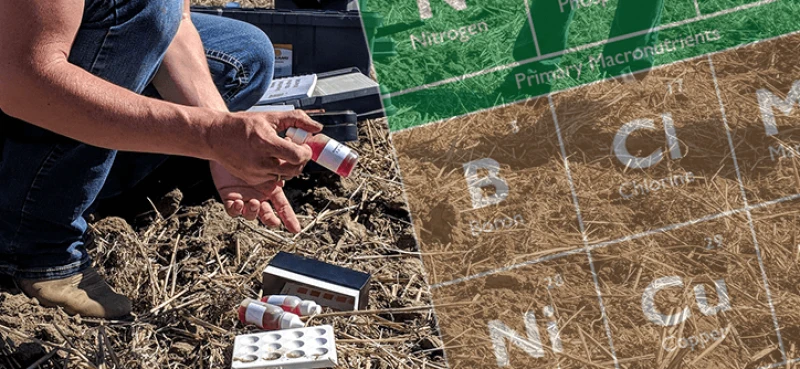‘If a viable herbicide was discovered this year, farmers couldn’t use it until at least 2035’: Why new weedkillers take so long to hit store shelves
‘If a viable herbicide was discovered this year, farmers couldn’t use it until at least 2035’: Why new weedkillers take so long to hit store shelves


Some often wonder why there have not been any new herbicide modes of action [or MOAs] registered in the past decade or so.
In fact, it has been more than 30 years since the last unique herbicide MOA (HPPD/group 27) was introduced to the U.S. market.
…
As usual, there is no easy answer as to why there are no new MOAs, but here are some things to understand about the process and why we still don’t have new herbicide MOAs on the horizon:
It is hard to do. It is getting more difficult to discover new and unique molecules with herbicidal activity. It is estimated that for every 150,000 molecules analyzed for pesticidal properties, only one may have the potential to be taken to the next stage of development. And the success rate of it at each testing stage continues to dwindle.
Testing is rigorous. Any potential herbicide MOA candidate must pass a battery of toxicological, environmental and field-scale testing that can take at least 10 years or more before it can be launched commercially.
So, if a viable molecule was discovered this year, it would not be available for farmers to use until at least 2035.
…
It costs a lot of money. It is estimated that it costs between $250 million and $300 million to bring an herbicide product to market.
This is an excerpt. Read the original post here

 | Videos | More... |

Video: Nuclear energy will destroy us? Global warming is an existential threat? Chemicals are massacring bees? Donate to the Green Industrial Complex!
 | Bees & Pollinators | More... |

GLP podcast: Science journalism is a mess. Here’s how to fix it

Mosquito massacre: Can we safely tackle malaria with a CRISPR gene drive?

Are we facing an ‘Insect Apocalypse’ caused by ‘intensive, industrial’ farming and agricultural chemicals? The media say yes; Science says ‘no’
 | Infographics | More... |

Infographic: Global regulatory and health research agencies on whether glyphosate causes cancer
 | GMO FAQs | More... |

Why is there controversy over GMO foods but not GMO drugs?

How are GMOs labeled around the world?

How does genetic engineering differ from conventional breeding?
 | GLP Profiles | More... |

Alex Jones: Right-wing conspiracy theorist stokes fear of GMOs, pesticides to sell ‘health supplements’




 Viewpoint — Fact checking MAHA mythmakers: How wellness influencers and RFK, Jr. undermine American science and health
Viewpoint — Fact checking MAHA mythmakers: How wellness influencers and RFK, Jr. undermine American science and health Viewpoint: Video — Big Solar is gobbling up productive agricultural land and hurting farmers yet providing little energy or sustainabilty gains
Viewpoint: Video — Big Solar is gobbling up productive agricultural land and hurting farmers yet providing little energy or sustainabilty gains Fighting deforestation with CO2: Biotechnology breakthrough creates sustainable palm oil alternative for cosmetics
Fighting deforestation with CO2: Biotechnology breakthrough creates sustainable palm oil alternative for cosmetics Trust issues: What happens when therapists use ChatGPT?
Trust issues: What happens when therapists use ChatGPT? 30-year-old tomato line shows genetic resistance to devastating virus
30-year-old tomato line shows genetic resistance to devastating virus California, Washington, Oregon forge immunization alliance to safeguard vaccine access against federal undermining
California, Washington, Oregon forge immunization alliance to safeguard vaccine access against federal undermining The free-range chicken dilemma: Better for birds, but with substantial costs
The free-range chicken dilemma: Better for birds, but with substantial costs ‘You have to treat the brain first’: Rethinking chronic pain with Sanjay Gupta
‘You have to treat the brain first’: Rethinking chronic pain with Sanjay Gupta
